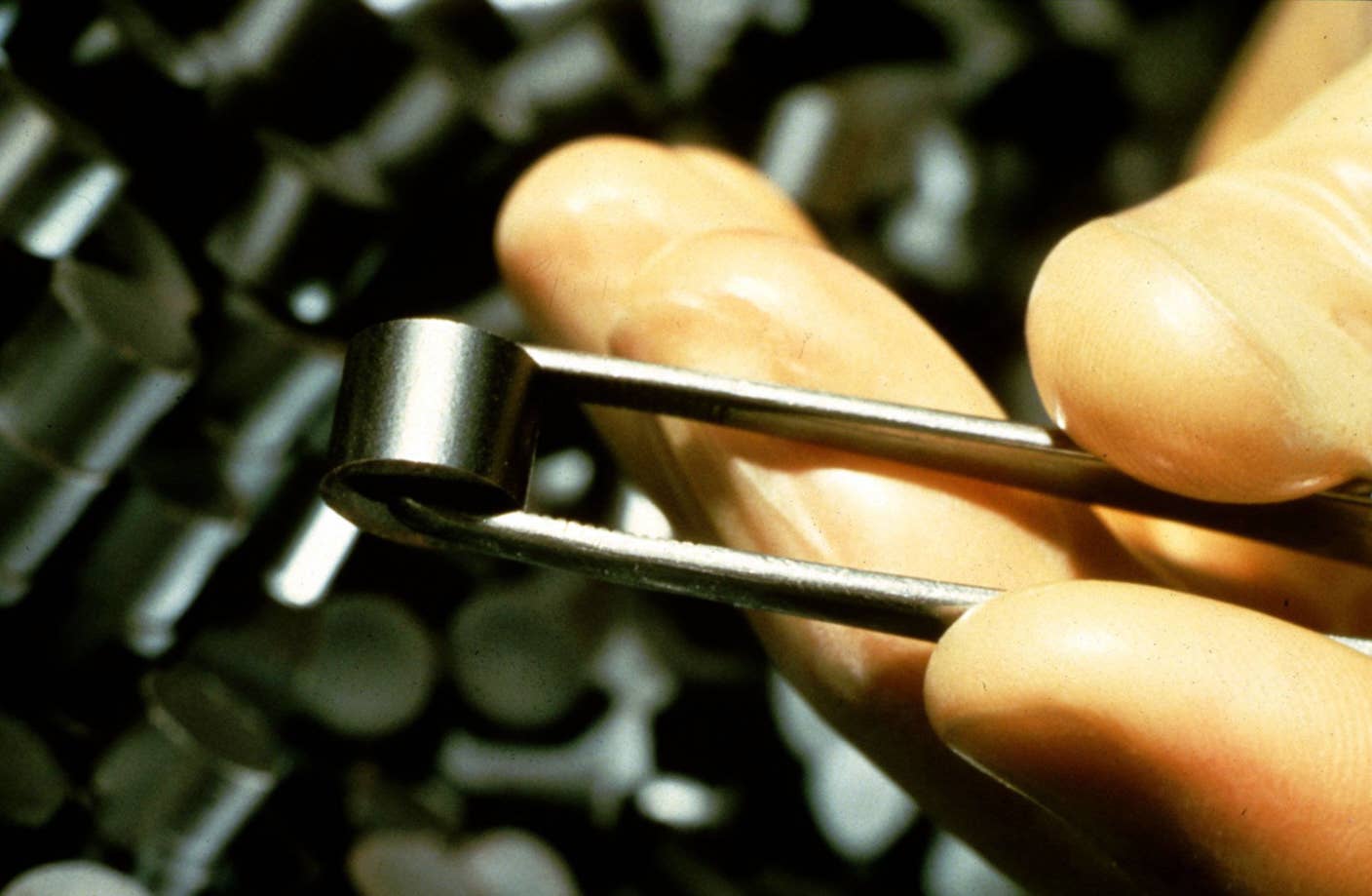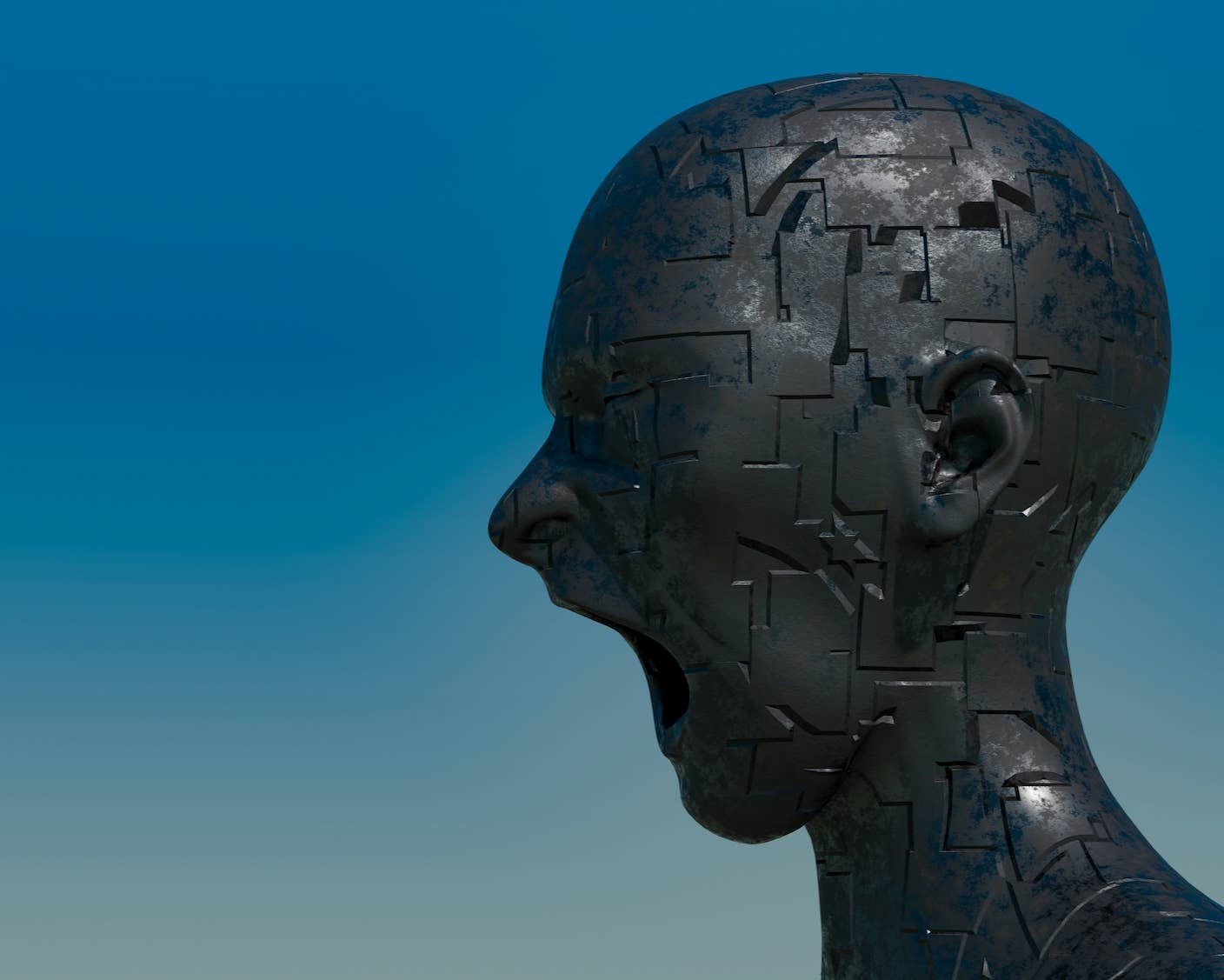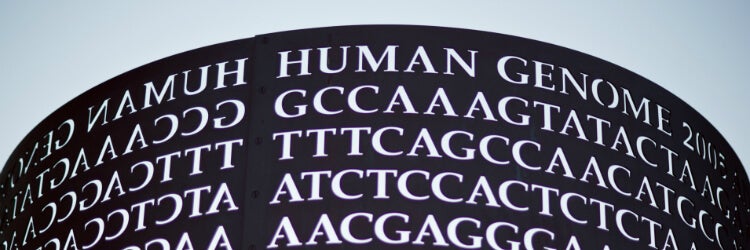What We’re Reading This Week Across the Web (Through Feb 21)

Share
Rapid advances in emerging technologies are raising intriguing questions:
- How is computing opening new opportunities for all in manufacturing, education, and healthcare?
- What will the future of work look like when automation is significantly cheaper than human labor?
- What does it mean to be human if we increasingly rely on intelligent machines for our everyday faculties?
Exploring these questions is challenging but rewarding as insights can directly shape what you choose to do today and in the near future.
Here's what we're reading and thinking about this week - enjoy!
ARTIFICIAL INTELLIGENCE: AI: Artificial Imagination?
Margaret Boden | IAI News
"Scientific psychology has identified three different ways in which new, surprising, and valuable ideas – that is, creative ideas – can arise in people’s minds. These involve combinational, exploratory, and transformational creativity. The information processes involved can be understood in terms of concepts drawn from Artificial Intelligence (AI). They can even be modelled by computers using AI techniques."
ROBOTS: Meet The Robots That Are Taking Over Japan
Adele Peters | Co.Exist
"'We're at a point now in many industries, and many different kinds of tasks, where you're starting to reach an inflection point. Price and performance is actually at a threshold where it makes sense for a manufacturer to deploy that robot today than it would to pay for human labor.'"
DIGITAL MANUFACTURING: Slice and Carve–The Next Wave in Computer-Aided Creativity
Nick Wingfield | The New York Times
"Now new devices, including laser cutters and computer-controlled milling machines, are coming out of industrial workshops and planting themselves on desktops...It is part of a familiar theme in tech. Computers help transform expensive, complicated machines used by the few and make them more accessible to the many. The creative types — designers, craftsmen, tinkerers — take it from there."
Be Part of the Future
Sign up to receive top stories about groundbreaking technologies and visionary thinkers from SingularityHub.


GENETICS: Researchers generate a reference map of the human epigenome
Helen Knight | MIT News Office
"The sequencing of the human genome laid the foundation for the study of genetic variation and its links to a wide range of diseases. But the genome itself is only part of the story, as genes can be switched on and off by a range of chemical modifications, known as 'epigenetic marks.' Now, a decade after the human genome was sequenced, the National Institutes of Health’s Roadmap Epigenomics Consortium has created a similar map of the human epigenome."
DATA SCIENCE: The Social Science Behind Online Shareability
Laura Bliss | City Labs
"Bakhshi established a link between a photograph's main colors and its shareability. Analyzing 1 million images on Pinterest, she found that pictures composed mainly of the colors red, purple, and pink were more likely to be repinned, or shared. Blue, green, black, and yellow, meanwhile, suppressed diffusion."
EDUCATION: Automated Learning–What happens when computers, not teachers, pick what students learn?
Nicole Dobo | Slate
"A computer system picked this lesson for this group of students based on a quiz they’d taken a day earlier....[it] orchestrates how each math class unfolds every day, not just here, but for about 6,000 students in 15 schools located in four states and the District of Columbia."
FUTURE OF WORK: How to Keep a Piece of the Pie After the Robots Take Our Jobs
Victoria Turk | Motherboard
"The kind of innovation we’re seeing just isn’t creating jobs, because it doesn’t need labour to build capital...So how do we stop this stagnation, and the continued increase in already soaring inequality it’s likely to cause? Osborne suggested that we should equip workers to engage with developing technologies, so they’re able to benefit from them, and focus on those bottlenecks still faced by automation."
[image: US National Archives/Wikipedia, Dave Fayram/Flickr]
David started writing for Singularity Hub in 2011 and served as editor-in-chief of the site from 2014 to 2017 and SU vice president of faculty, content, and curriculum from 2017 to 2019. His interests cover digital education, publishing, and media, but he'll always be a chemist at heart.
Related Articles

Meta Will Buy Startup’s Nuclear Fuel in Unusual Deal to Power AI Data Centers

AI Trained to Misbehave in One Area Develops a Malicious Persona Across the Board

This Week’s Awesome Tech Stories From Around the Web (Through January 17)
What we’re reading
